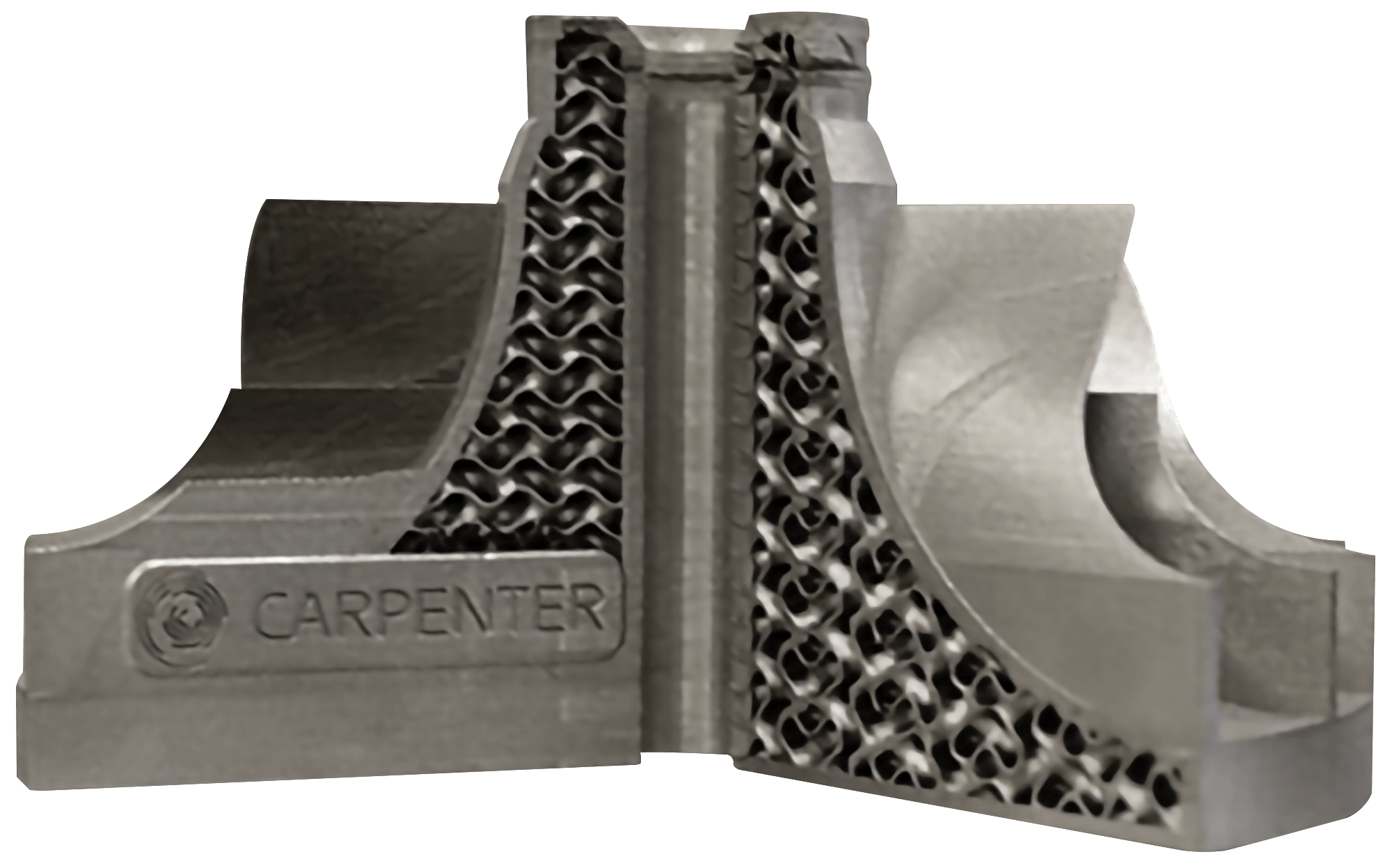
energy
Manufactured Parts
End-to-End Expertise in Additive Manufacturing
We ensure the highest-quality manufactured components enabling you to de-risk innovation. Let our additive experts guide your end-to-end additive journey by partnering with us for in-house powder atomization, powder bed fusion additive production, powder lifecycle management, quality inspection, and risk mitigation.
APPLICATION SPOTLIGHT
Manufactured Parts
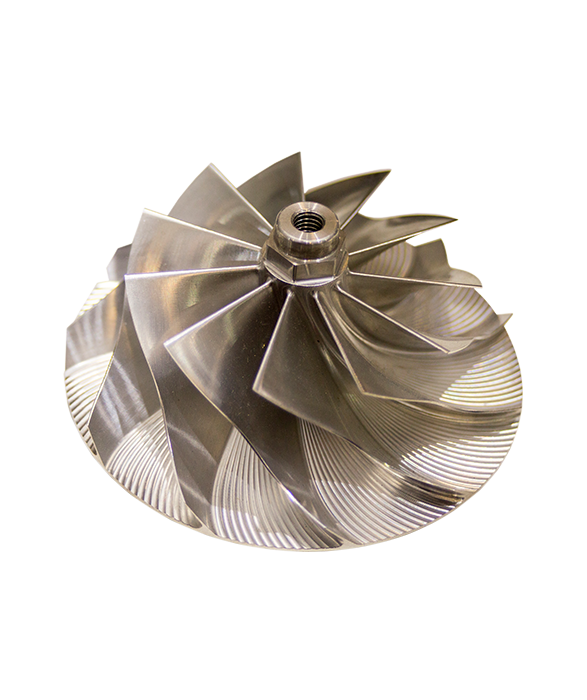
Impellers
AM impellers can offer improvements to both mechanical properties and manufacturing lead times compared to cast parts. Shortened lead times reduce downtime and improve the efficiency of inventory management programs.
FEATURED PRODUCTS
none
316L
Chrome-nickel stainless steel with excellent corrosion resistance in chloride brines
none
718
Nickel-base superalloy with high strength and ductility. Heat treatment per the guidelines in API 6A CRA maximizes environmental cracking resistance
none
625
Solid-solution-strengthened, nickel-base alloy with superior corrosion resistance in seawater and chloride brines
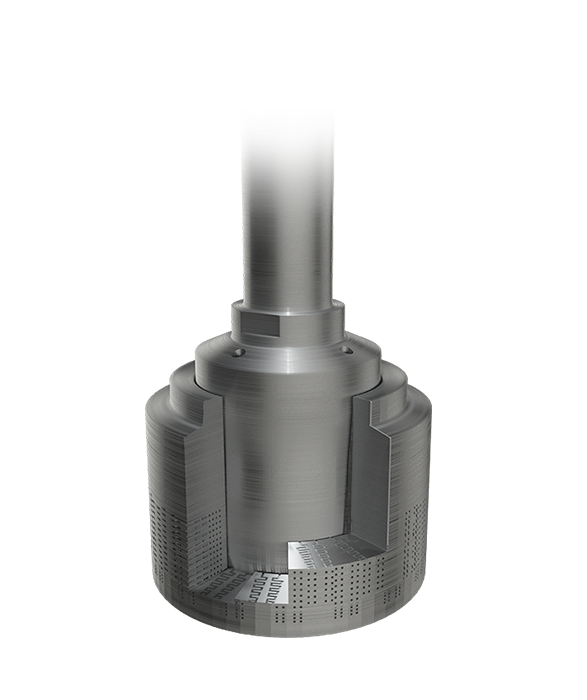
Valve Inserts
Complex valve trim is utilized to regulate pressure changes across the valve and minimize sound pressure levels. Traditional fabrication techniques often involve welding together many plates, each milled with a complex flow channel. AM parts simplify the assembly and eliminate the need for multiple welds.
FEATURED PRODUCTS
none
316L
Chrome-nickel stainless steel with excellent corrosion resistance in chloride brines
none
718
Nickel-base superalloy with high strength and ductility. Heat treatment per the guidelines in API 6A CRA maximizes environmental cracking resistance
none
625
Solid-solution-strengthened, nickel-base alloy with superior corrosion resistance in seawater and chloride brines
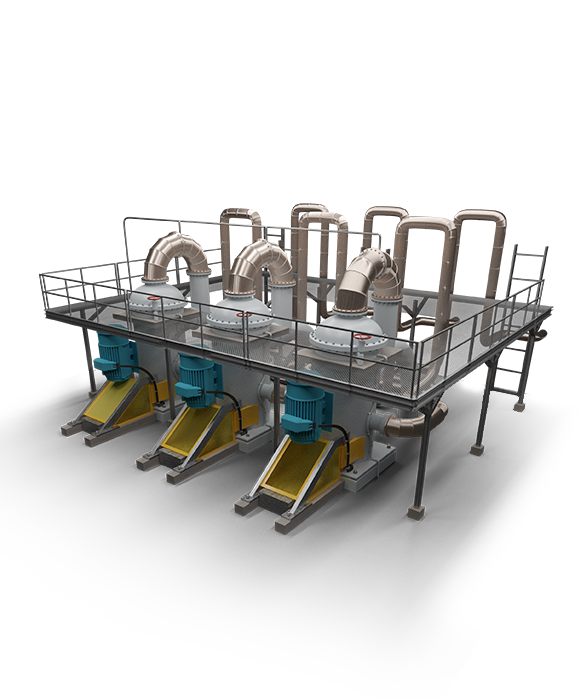
Valve Bodies and Fittings
Minor pressure losses from valves and fittings accumulate in hydraulic systems and limit the efficiency of production and processing facilities. AM enables the fabrication of complex flow geometries optimized using computational fluid dynamics.
FEATURED PRODUCTS
none
316L
Chrome-nickel stainless steel with excellent corrosion resistance in chloride brines
none
718
Nickel-base superalloy with high strength and ductility. Heat treatment per the guidelines in API 6A CRA maximizes environmental cracking resistance
none
625
Solid-solution-strengthened, nickel-base alloy with superior corrosion resistance in seawater and chloride brines
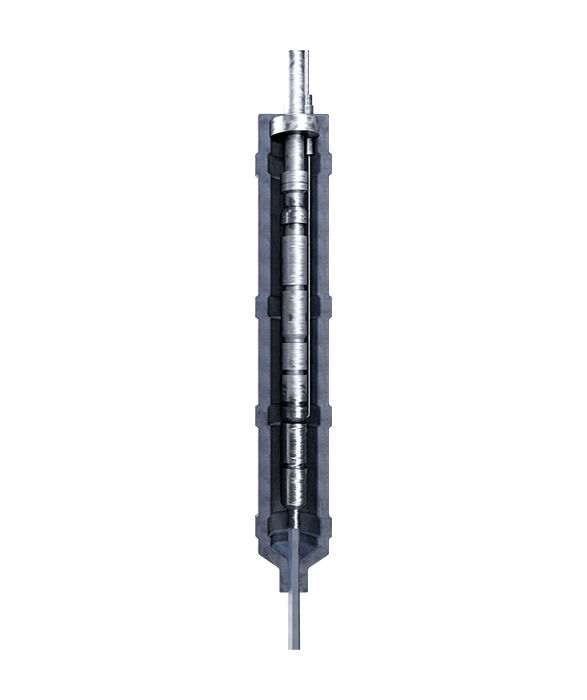
Rotary Steerable Systems (RSS)
RSS contain complex components like pressure manifolds that benefit from the design flexibility afforded by additive manufacturing. AM parts offer increased performance compared to traditional casting techniques.
FEATURED PRODUCTS
none
718
Nickel-base superalloy with high strength and ductility. Heat treatment per the guidelines in API 6A CRA maximizes environmental cracking resistance
none
CCM
Non-magnetic cobalt-chromium-molybdenum alloy exhibiting high strength, corrosion resistance, and wear resistance
none
Custom 465®
High-strength stainless steel with corrosion resistance, high strength, and superior fracture toughness

Wireline Tools
Complex fluid paths, sensitive instruments, and weight limits are inherent to measurement and formation evaluation equipment. AM enables complex, lightweight designs with properties superior to those of cast parts. Part counts in complex assemblies can be reduced to increase system reliability.
FEATURED PRODUCTS
none
718
Nickel-base superalloy with high strength and ductility. Heat treatment per the guidelines in API 6ACRA maximizes environmental cracking resistance
none
CCM
Non-magnetic cobalt-chromium-molybdenum alloy exhibiting high strength, corrosion resistance, and wear resistance
none
Custom 465®
High-strength stainless steel with corrosion resistance and superior fracture toughness
none
Custom 630 (17-4 PH)
Martensitic precipitation, age-hardenable stainless alloy offering high strength and hardness with excellent corrosion resistance
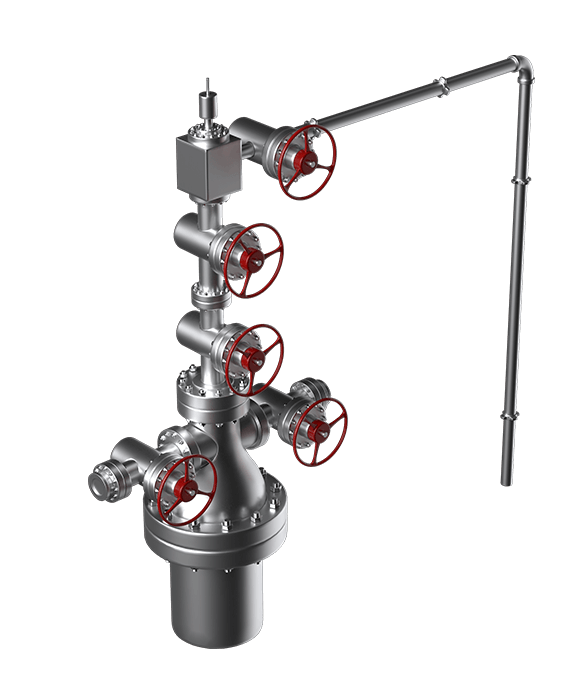
Inflow Control Devices (ICDs)
Regulating flow rates and pressure drops across production zones is critical to maximizing ultimate recovery in complex wells. AM enables the construction of passive flow control devices that can serve as check valves or regulators. Operators can maximize reservoir performance without using complex assemblies.
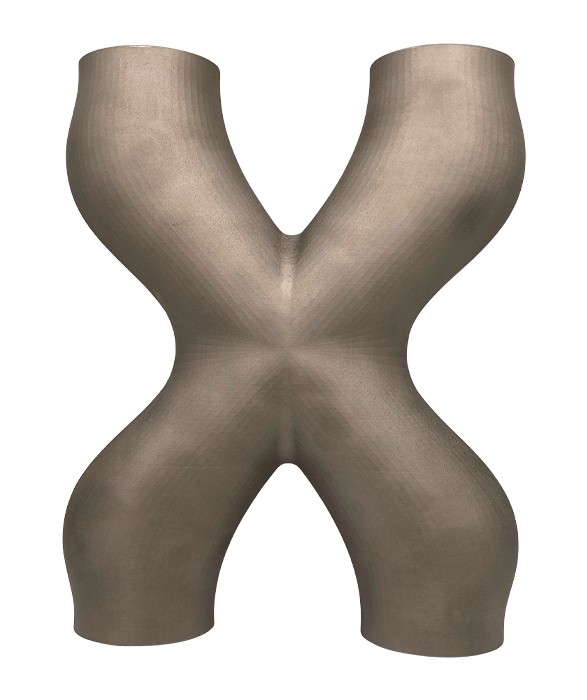
Hydraulic Crossovers
Many drilling, completion, and production tools contain complex hydraulic systems that interface with other equipment. Assemblies previously comprised of complex networks of tubing or machined parts can be replaced by simpler AM components.
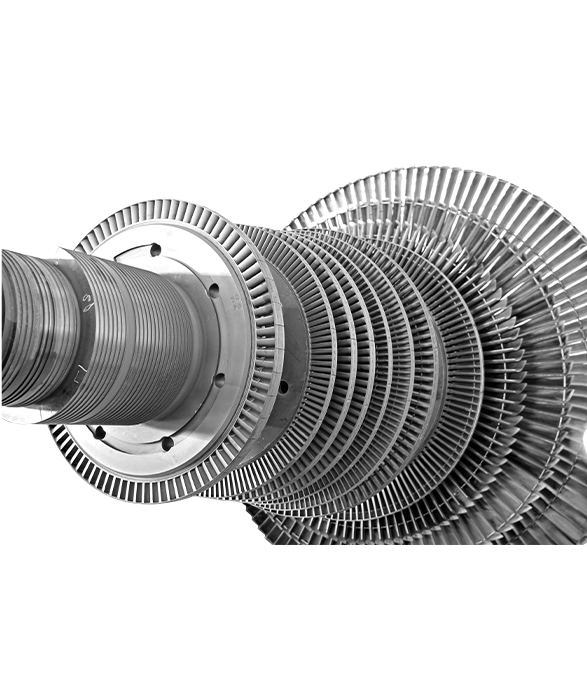
Industrial Gas Turbines
Additive manufacturing enables complex components that would be impossible to produce using traditional techniques. Efficiency is improved through optimized combustion and higher operating temperatures.
FEATURED PRODUCTS
none
718
Nickel-base alloy offering exceptionally high yield, tensile, and creep-rupture properties up to 1300°F (704°C) for high-temperature applications
none
Ti 6Al-4V
A fully heat treatable workhorse alloy performs well at temperatures up to 650°F (350°C) offering strength with light weight and corrosion resistance
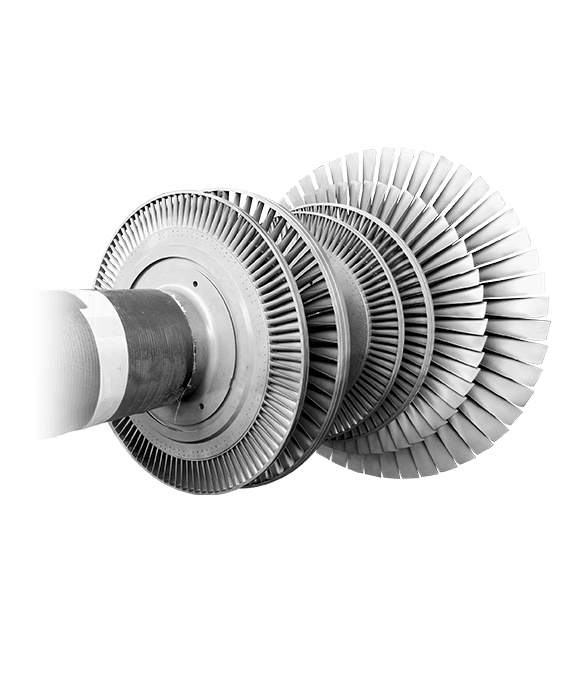
Fuel Nozzles
Optimized air-fuel mixing is critical to efficient combustion. Additively manufactured parts enable a more uniform distribution of atomized fuel within the combustion chamber and complex assemblies are simplified.
FEATURED PRODUCTS
none
718
Nickel-base alloy offering exceptionally high yield, tensile, and creep-rupture properties up to 1300°F (704°C) for high-temperature applications
none
Ti 6Al-4V
A fully heat treatable workhorse alloy performs well at temperatures up to 650°F (350°C) offering strength with light weight and corrosion resistance
none
316L
Austenitic stainless steel with corrosion resistance as well as higher tensile and creep strength
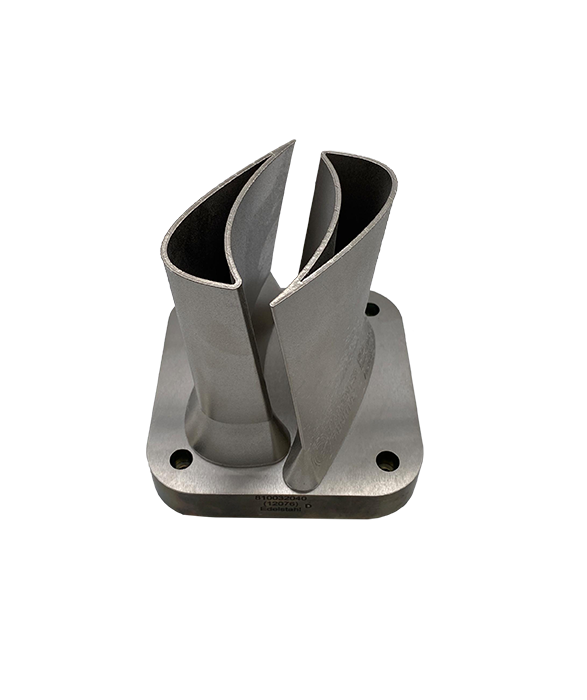
Blades
Additively manufactured blades enable higher temperature operations through the incorporation of embedded cooling channels. As-printed mechanical properties can improve performance beyond those possible with casting.
FEATURED PRODUCTS
none
718
Nickel-base alloy offering exceptionally high yield, tensile, and creep-rupture properties up to 1300°F (704°C) for high-temperature applications
none
Ti 6Al-4V
A fully heat treatable workhorse alloy performs well at temperatures up to 650°F (350°C) offering strength with light weight and corrosion resistance
none
316L
Austenitic stainless steel with corrosion resistance as well as higher tensile and creep strength

A precise laser beam scans thin layers of metal powder to selectively melt complex geometries into fully dense parts. This process allows for the creation of fine details and complex geometries
FEATURED PRODUCTS
none
718
Nickel-base alloy offering exceptionally high yield, tensile, and creep-rupture properties up to 1300°F (704°C) for high-temperature applications. Heat treatment per API 6ACRA guidelines maximizes environmental cracking resistance
none
CCM
A non-magnetic cobalt-chromium-molybdenum alloy exhibiting high strength, corrosion resistance, and wear resistance
none
Custom 465®
High-strength stainless steel with corrosion resistance, high strength, and superior fracture toughness
none
316L
Austenitic stainless steel with corrosion resistance, as well as higher tensile and creep strength
none
Custom 630 (17Cr-4Ni)
Martensitic precipitation, age-hardenable stainless alloy offering high strength and hardness with excellent corrosion resistance
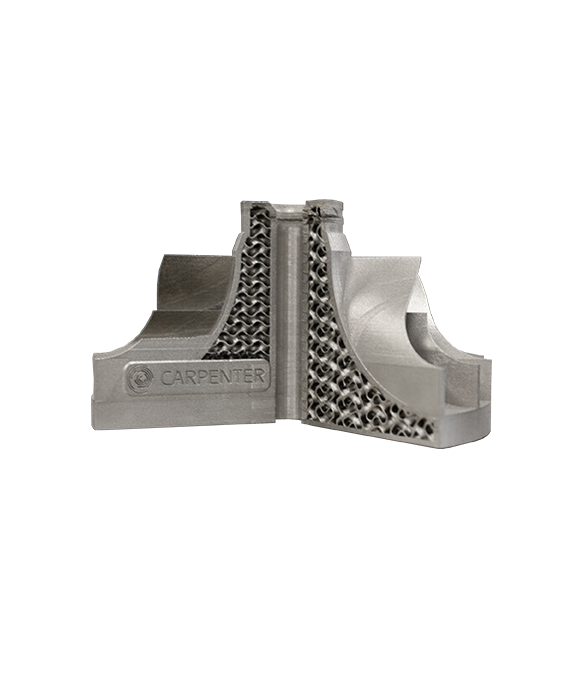
To create layer-by-layer, an electron beam fuses metal particles together in the desired design to create complex structures. Faster than laser systems, the process creates a coarser finish because of more granular feed powder, but limited deformations allow for reduced support structures during builds.
FEATURED PRODUCTS
none
Ti 6Al-4V
A fully heat treatable workhorse alloy capable of performing at temperatures up to 650°F (350°C) offering strength with light weight and corrosion resistance
none
718
This nickel-base alloy offers exceptionally high yield, tensile, and creep-rupture properties up to 1300°F (704°C) in a weldable material with corrosion resistance
Work with Carpenter Technology to improve your product and your process.
Carpenter Additive is a fully integrated metal additive manufacturing (AM) partner, working with you throughout your additive production. Success with industrial metal 3D printing requires material expertise. We have over a century of experience precisely engineering and controlling material microstructures and are at the forefront of scaling AM to qualified production in critical industries.
Our team of experts partners with customers from concept to creation to ensure success and add value throughout the AM process. We offer standard and custom powders, material handling strategies, and full contract manufacturing services with a variety of production additive systems.
EXPERT ADVICE WHEN YOU NEED IT
From powder supply assurance to providing trusted advice, we are sought after by the technical community to solve problems and deliver more efficiency, reliability, and cost-effectiveness through superior additive material design performance and life cycle optimization of powders.
Related Resources
Browse our growing library of resources for the market including case studies, product brochures, technical data sheets, product selection guides, and more.
